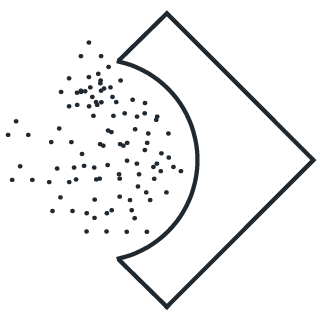
Nurturing nature

We (un)pave the way for nature to reconquer our cities, villages and buildings, opening up our designs for the coming green revolution.
We are increasingly drawn to a somewhat inverted approach when designing, teaching ourselves to “design out of the void”. This implies giving equal importance to open space and built tissue, balancing ground and figure.
The establishment of our urbanism studio has furthered the development of this more holistic design and planning strategy, avoiding the pull of the fetishised object in our image-obsessed culture. Despite the much needed shift towards green architecture, the most sustainable building is still the one that is not constructed. Hence we always question the need for a new building or for the demolition of an old one.
We aim to minimise the ecological and physical footprint of our interventions. Our buildings and masterplans should be like sponges, ready to be infused with nature. In greenery we find timeless qualities which increase users’ comfort and wellbeing. This translates throughout the different scales we work in: from our urbanism team practicing nature-inclusive planning at a macro-scale to our interior designers who apply principles of biophilic design.
In a fractal, sprawling landscape like Flanders the relation between built and unbuilt is subject to continuous negotiation. It is an experience that has trained us to always be at the forefront of this battlefield, wherever we find ourselves in the world. We advocate the development of extensive ecological infrastructure and we design green networks which penetrate deep in between, through, over and into our buildings and masterplans.
The establishment of our urbanism studio has furthered the development of this more holistic design and planning strategy, avoiding the pull of the fetishised object in our image-obsessed culture. Despite the much needed shift towards green architecture, the most sustainable building is still the one that is not constructed. Hence we always question the need for a new building or for the demolition of an old one.
We aim to minimise the ecological and physical footprint of our interventions. Our buildings and masterplans should be like sponges, ready to be infused with nature. In greenery we find timeless qualities which increase users’ comfort and wellbeing. This translates throughout the different scales we work in: from our urbanism team practicing nature-inclusive planning at a macro-scale to our interior designers who apply principles of biophilic design.
In a fractal, sprawling landscape like Flanders the relation between built and unbuilt is subject to continuous negotiation. It is an experience that has trained us to always be at the forefront of this battlefield, wherever we find ourselves in the world. We advocate the development of extensive ecological infrastructure and we design green networks which penetrate deep in between, through, over and into our buildings and masterplans.
